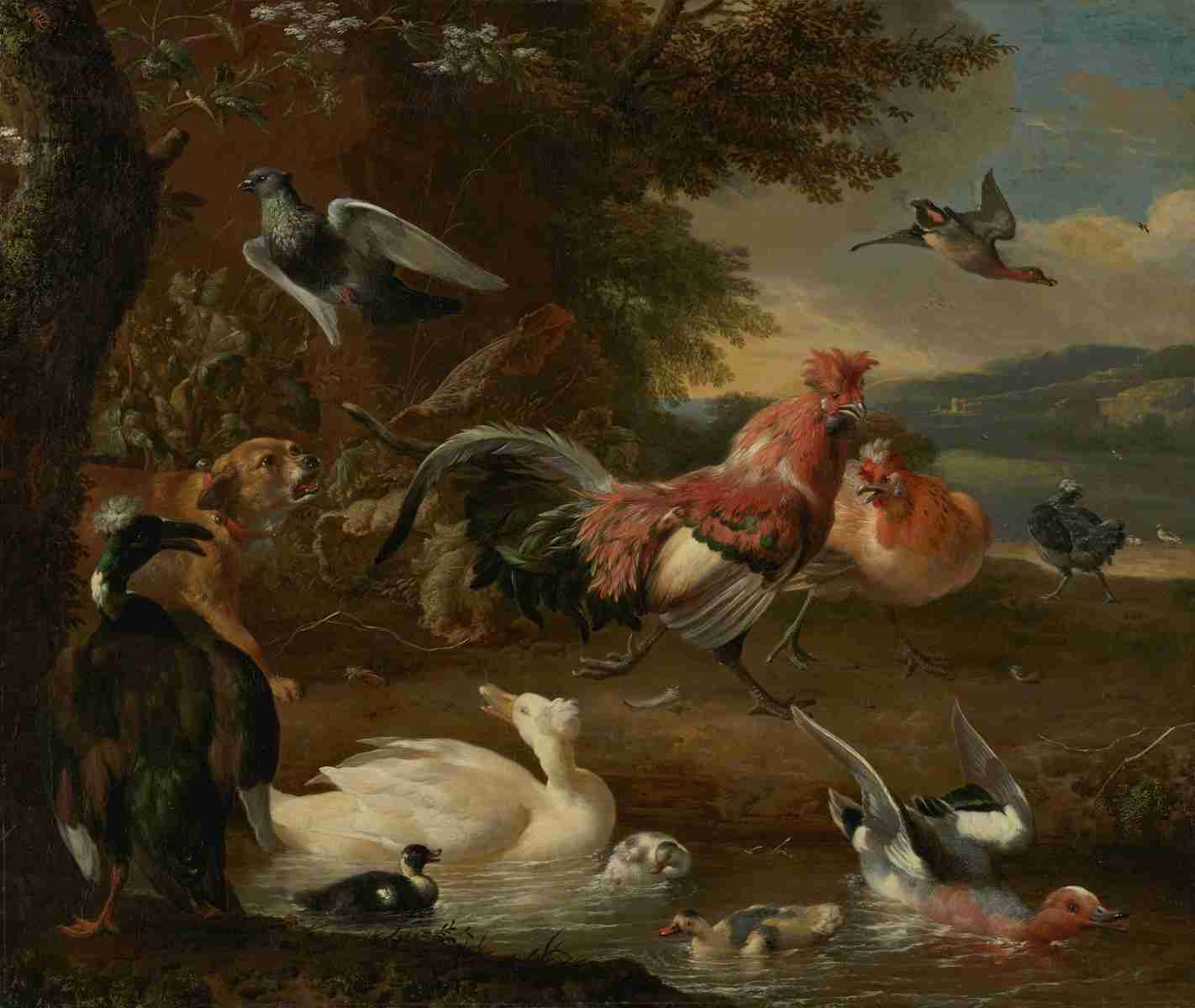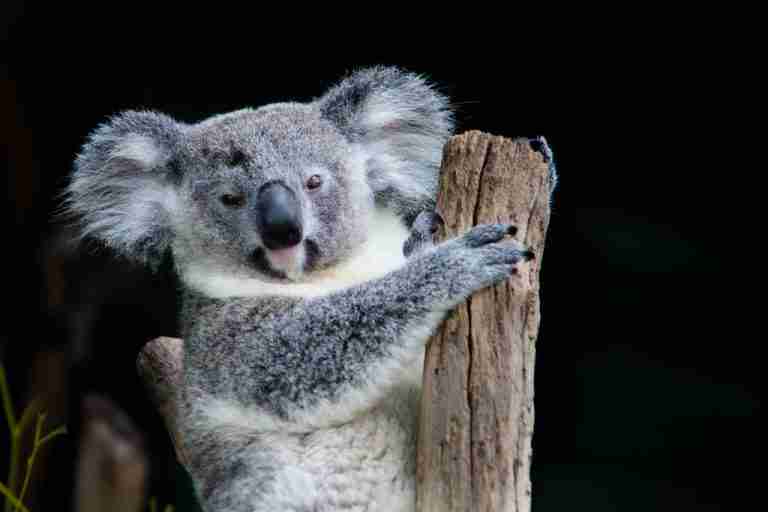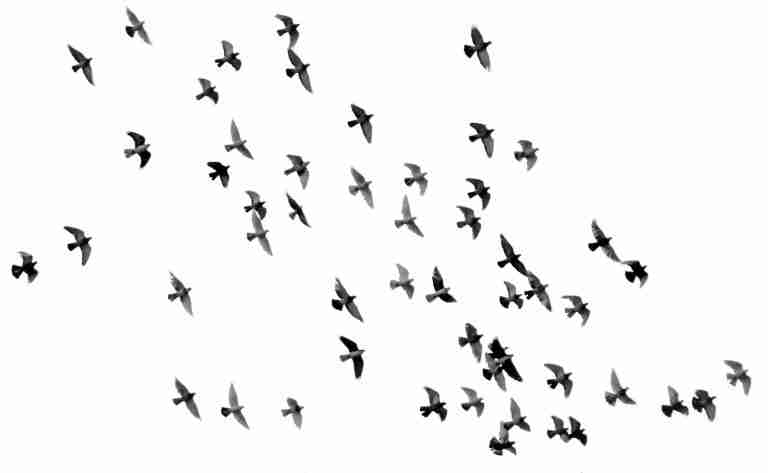24 Fun Facts About Animals That Will Blow Your Mind
1. Snail can sleep for a year.
When resources are scarce, some snail species enter a state of hibernation. This extended sleep can last for several years as they wait for better environmental conditions.
Their bodies produce a special mucus to seal the opening of their shell, helping them stay hydrated and protected. This remarkable survival ability is a testament to their adaptability.
2. Cows have best friends.
Cows are social creatures, and they form strong bonds within their herds. Studies have shown that cows develop favorite companions and experience stress when separated from their close friends.
They exhibit this by grooming each other, playing, and even sleeping in close proximity. These friendships provide emotional support and contribute to the herd’s overall well-being.
3. Squirrels plant thousands of new trees each year.
Squirrels play a crucial role in maintaining healthy forests. They have a habit of burying nuts and acorns for later but often forget where they’ve stashed their treasures.
These forgotten snacks eventually sprout into new trees, helping to regenerate forests. If you enjoy fun facts about animals, keep in mind that squirrels are nature’s little gardeners!
4. Starfish can regenerate their limbs.
Starfish possess an incredible regenerative ability. If they lose an arm, they can grow a new one in its place over time.
In some species, a detached arm can even regenerate an entirely new starfish. This remarkable ability underscores the resilience found within the natural world.
5. Slugs have four noses.
Slugs might be slow, but their sense of smell is quite powerful. They have four ‘noses‘ (more accurately, scent receptors) to help them find food and potential mates.
Two of these are located on the upper tentacles (where their eyes are), while the other two are on their lower tentacles. This gives them directional accuracy which is key for navigating their environment, and other interesting animals facts.
6. Elephants can recognize themselves in a mirror.
Elephants are among the few animals that possess self-awareness. Scientists have tested their cognitive abilities by placing them in front of a mirror.
The elephants reacted by touching the mirror and examining themselves, showing they understood the image was a reflection and not another elephant. This level of self-awareness is often associated with higher intelligence.
7. A flea can jump 200 times its own height.
Fleas may be tiny pests, but they possess incredible jumping power. Their incredible jumps are vital to reach their preferred hosts and to escape danger.
To achieve such impressive leaps, they store energy in a special elastic pad made of a protein called resilin, and then release it rapidly like a coiled spring.
8. Pigeons can perform simple math equations.
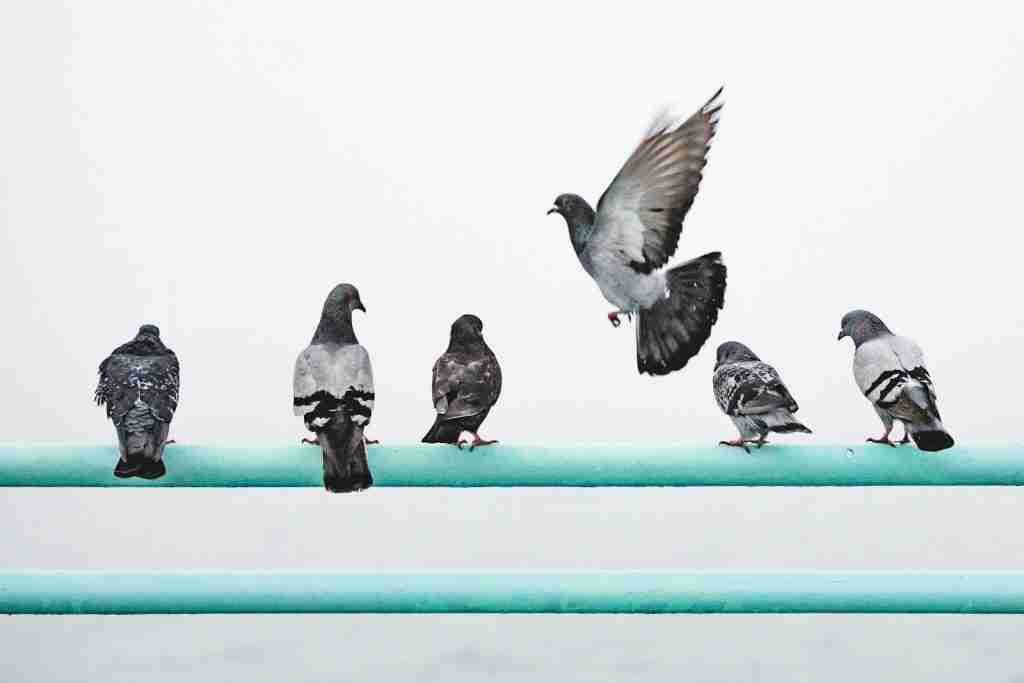
While we might not think of pigeons as geniuses, they display surprising intelligence. Studies have shown that pigeons can be trained to differentiate between quantities.
Researchers have successfully taught them to perform simple mathematical tasks, such as arranging numbers in ascending or descending order. This suggests a certain level of numerical understanding.
9. A group of owls is called a parliament.
Many animals have unusual collective nouns. A group of owls gets its name from their reputation for wisdom and deliberation.
This whimsical, somewhat ironic, term adds a bit of charm to the mysterious nature of owls. Other curious collective nouns include a ‘murder of crows’ and a ‘dazzle of zebras’.
10. Dolphins have names for one another.
Dolphins have highly developed social structures and complex communication systems. Like humans, they use unique identifying calls within their pod.
These distinctive whistles act as names, allowing individual dolphins to recognize and communicate with each other. Scientists believe this contributes to their strong social bonding.
11. Giraffes have the same number of neck vertebrae as humans.
Despite their towering necks, giraffes have only seven cervical vertebrae. This is the same number that humans and most other mammals possess.
The difference lies in the size of each vertebra. A giraffe’s neck bones can be up to 10 inches long, allowing for their extraordinary reach.
12. Sea otters hold hands while they sleep.
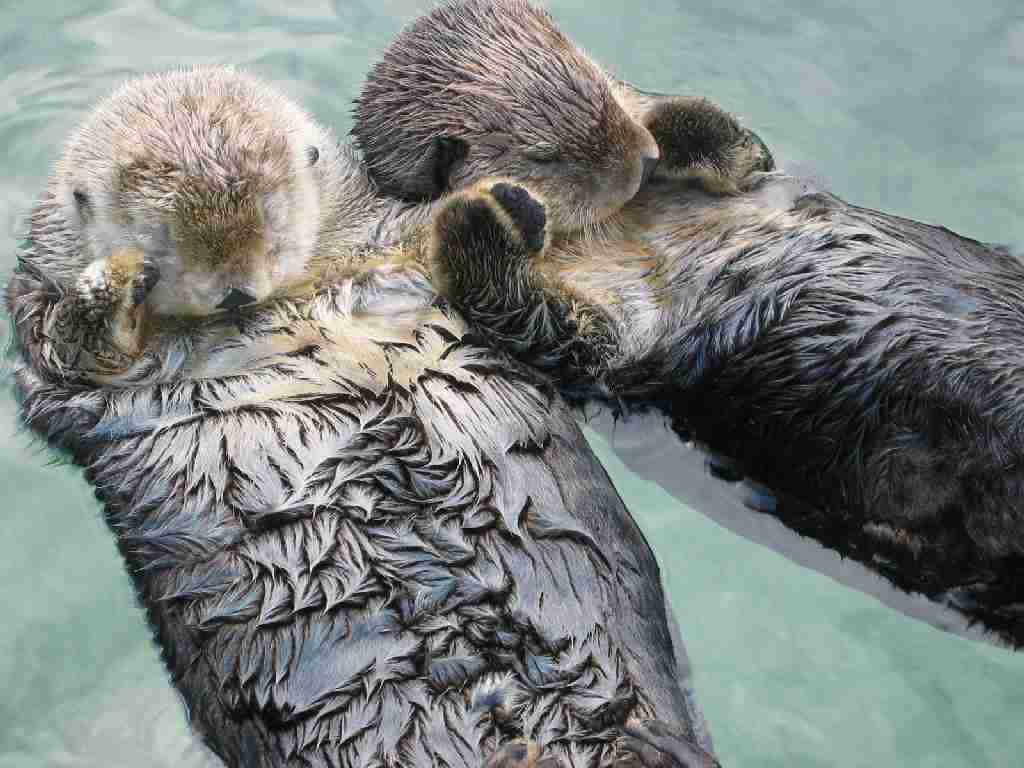
Sea otters are incredibly cute and social marine mammals. They often float together in groups called ‘rafts‘ to socialize and rest.
To prevent drifting away from each other while they nap, sea otters will hold hands or entangle themselves in kelp. This adorable behavior ensures they stay together.
13. Koalas sleep up to 22 hours a day.
Koalas are renowned for their sleepy habits. Their diet of eucalyptus leaves provides limited energy, leading to a mostly sedentary lifestyle to conserve energy.
They find comfortable branches, often high in trees, and doze for most of the day. This slow-paced life makes them adorable and intriguing creatures.
14. Octopuses have three hearts.
The anatomy of an octopus is quite remarkable. Two of their hearts pump blood exclusively to their gills, while the third circulates blood to the rest of the body.
This unique circulatory system supports their complex body structure and their ability to adapt to diverse underwater environments. It’s another example of amazing facts about animals!
15. Chameleons can move their eyes independently.
Chameleons are masters of camouflage and possess incredibly unique vision. Their eyes can rotate and focus separately, giving them a near 360-degree view of their surroundings.
This adaptation is essential for both hunting prey and spotting potential predators. It’s a fascinating ability that sets chameleons apart.
16. Goats have rectangular pupils.
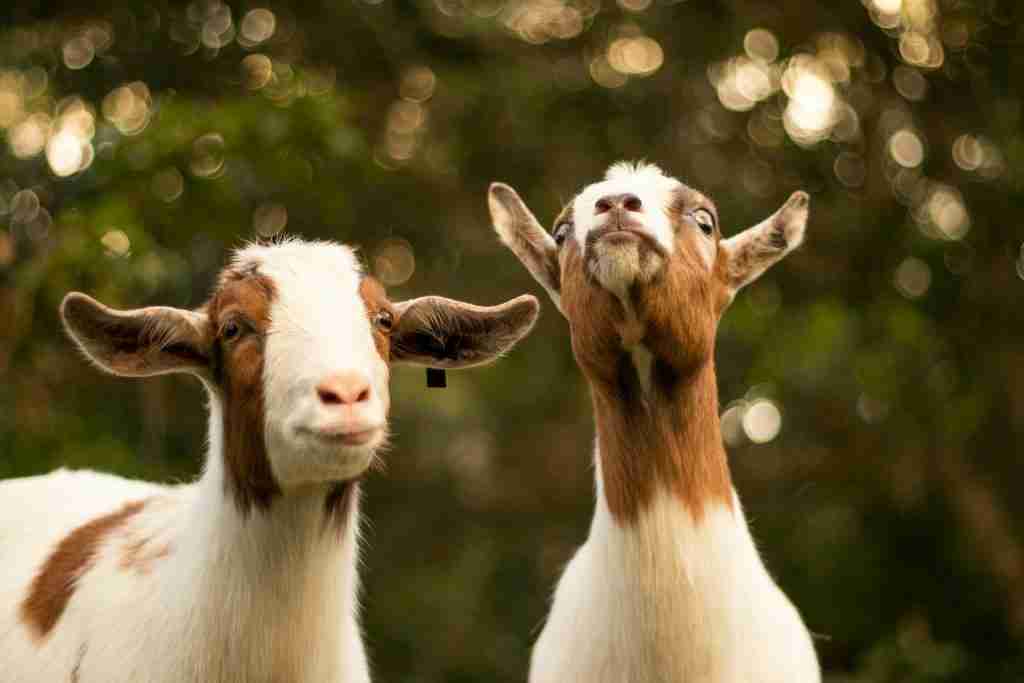
While we’re used to round pupils, goats have a distinctly different shape. Their horizontal, rectangular pupils provide a wider field of vision, enhancing their grazing ability and predator awareness.
This unique eye shape is found in many grazing animals and is a testament to how evolution shapes animal features perfectly for their environment.
17. A rhinoceros horn is made of keratin.
A rhino’s formidable horn might look intimidating, but it’s made of the same protein found in our hair and nails. Keratin is a tough material, allowing their horns to grow continuously throughout their lives.
Sadly, this also makes rhinos targets for poachers, driving the need for conservation efforts. It underscores the importance of protecting amazing creatures like these.
18. Shrimp can see in 12 different directions.
The eyes of a shrimp are incredibly complex compared to ours. They possess 12 different color receptors, giving them a remarkable range of vision and color perception.
Their eyes are also mounted on stalks, allowing them to swivel independently. This helps them scan for predators and food with greater awareness of their surroundings.
19. Kangaroos can’t hop backward.
Kangaroos are iconic for their powerful hopping. Their unique anatomy, with large hind legs and a strong tail for balance, is entirely designed for forward movement.
While a quirky limitation, it doesn’t hinder their ability to navigate the Australian landscape with impressive speed and agility. It’s just one of those funny animal fun facts!
20. Hummingbirds are the only birds that can fly backward.
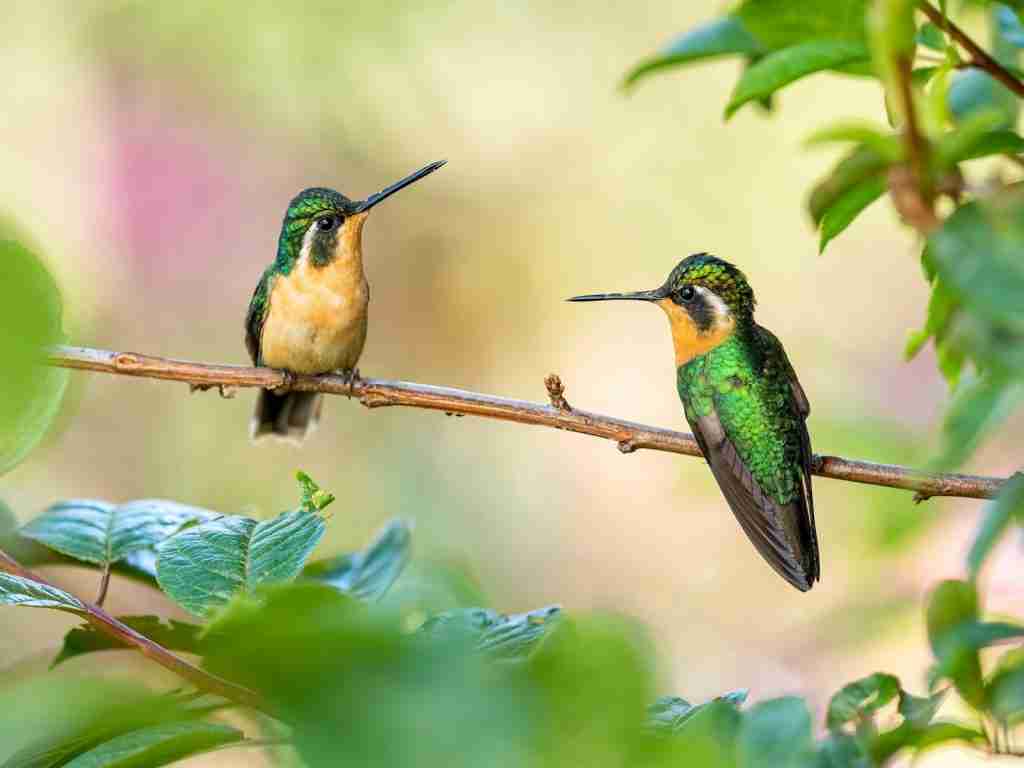
Hummingbirds are marvels of avian engineering. Their wings beat at incredible speeds, and they can change direction mid-flight with unmatched precision.
Their ability to fly backward helps them access nectar from flowers in tricky positions. This demonstrates the extraordinary diversity of flight patterns in the bird world.
21. Butterflies taste with their feet.
Butterflies don’t have taste receptors on their tongues like we do. They have special receptors on their feet, which help them identify different plants and find the best sources of nectar.
When a butterfly lands on a flower, they “taste” it to determine if it’s a good source of food. This unique sense is vital to their survival.
22. Seahorses are terrible swimmers.
Although seahorses live in the ocean, they’re surprisingly poor swimmers. They rely on a small dorsal fin for propulsion and use their tails to anchor themselves to seagrass.
Their upright posture and unusual shape make them slow and awkward in the water. However, their camouflage and ambush hunting tactics compensate for their lack of swimming prowess.
23. Bats are the only flying mammals.
Bats hold a unique distinction in the animal kingdom. They are the only mammals capable of true flight, thanks to their elongated fingers and thin wing membranes.
This adaptation has allowed them to fill a diverse range of ecological roles, from insect hunters to pollinators. Their ability to navigate at night using echolocation is equally impressive.
24. African elephants have the longest gestation period of any mammal.
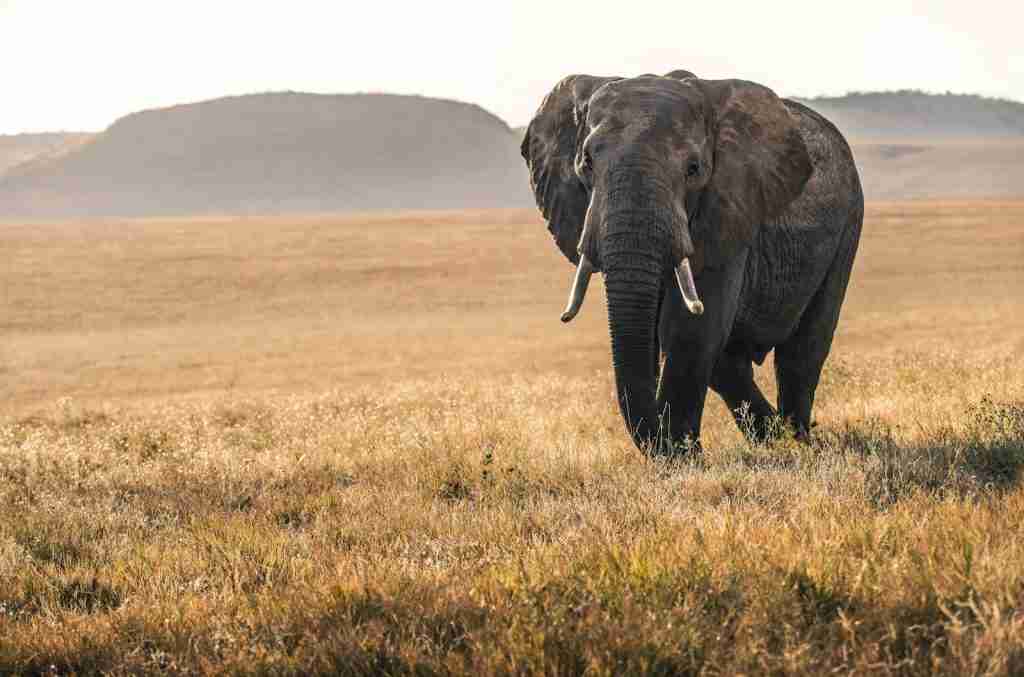
Elephants are known for their large size, but their babies have a long development time as well. Pregnancy in African elephants lasts for nearly two years (around 22 months).
This extended gestation results in well-developed calves capable of walking and keeping up with the herd shortly after birth. It’s a testament to the wonders of animal reproduction.
FAQs
Australia is renowned for its distinctive wildlife, including kangaroos, koalas, platypuses, wombats, Tasmanian devils, and a multitude of marsupials, reptiles, and birds found nowhere else in the world.
India boasts diverse wildlife, including Bengal tigers, Indian elephants, Asiatic lions, Indian rhinoceroses, leopards, and numerous bird species like peacocks and hornbills.
The Amazon rainforest is teeming with biodiversity, housing iconic species like jaguars, anacondas, toucans, sloths, and a myriad of unique amphibians, birds, and insects.
Animal species found worldwide encompass a vast array, from mammals like lions and elephants to birds such as eagles and parrots, as well as reptiles, amphibians, fish, and insects.
The Arctic is home to a diverse range of animals such as polar bears, Arctic foxes, reindeer, snowy owls, Arctic hares, and various species of seals and whales.

